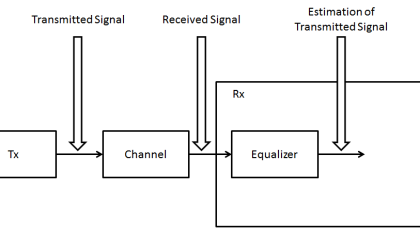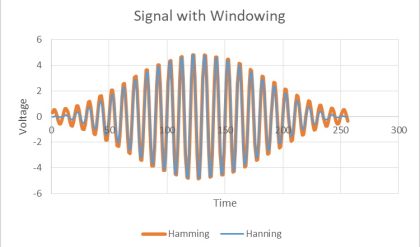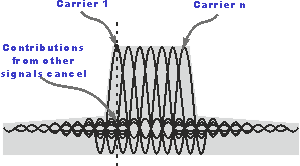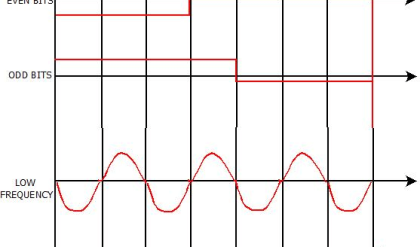In wireless communication systems, it is often desirable to allow the subscriber to send information simultaneously from the mobile station to the base station while receiving information from the base station to the mobile station.
A cellular system divides any given area into cells where a mobile unit in each cell communicates with a base station. The main aim in the cellular system design is to be able to increase the capacity of the channel, i.e., to handle as many calls as possible in a given bandwidth with a sufficient level of quality of service.
There are several different ways to allow access to the channel. These includes mainly the following −
![]() Frequency division multiple-access (FDMA)
Frequency division multiple-access (FDMA)
![]() Time division multiple-access (TDMA)
Time division multiple-access (TDMA)
![]() Code division multiple-access (CDMA)
Code division multiple-access (CDMA)
![]() Space division multiple access (SDMA)
Space division multiple access (SDMA)
Depending on how the available bandwidth is allocated to the users, these techniques can be classified as narrowband and wideband systems.
Narrowband Systems
Systems operating with channels substantially narrower than the coherence bandwidth are called as Narrow band systems. Narrow band TDMA allows users to use the same channel but allocates a unique time slot to each user on the channel, thus separating a small number of users in time on a single channel.
Wideband Systems
In wideband systems, the transmission bandwidth of a single channel is much larger than the coherence bandwidth of the channel. Thus, multipath fading doesn’t greatly affect the received signal within a wideband channel, and frequency selective fades occur only in a small fraction of the signal bandwidth.
Frequency Division Multiple Access (FDMA)
Ø FDMA is the basic technology for advanced mobile phone services. The features of FDMA are as follows.
Ø FDMA allots a different sub-band of frequency to each different user to access the network.
Ø If FDMA is not in use, the channel is left idle instead of allotting to the other users.
Ø FDMA is implemented in Narrowband systems and it is less complex than TDMA.
Ø Tight filtering is done here to reduce adjacent channel interference.
Ø The base station BS and mobile station MS, transmit and receive simultaneously and continuously in FDMA.
Time Division Multiple Access (TDMA)
In the cases where continuous transmission is not required, there TDMA is used instead of FDMA. The features of TDMA include the following.
o TDMA shares a single carrier frequency with several users where each users makes use of non-overlapping time slots.
o Data transmission in TDMA is not continuous, but occurs in bursts. Hence handsoff process is simpler.
o TDMA uses different time slots for transmission and reception thus duplexers are not required.
o TDMA has an advantage that is possible to allocate different numbers of time slots per frame to different users.
o Bandwidth can be supplied on demand to different users by concatenating or reassigning time slot based on priority.
Code Division Multiple Access (CDMA)
Code division multiple access technique is an example of multiple access where several transmitters use a single channel to send information simultaneously. Its features are as follows.
v In CDMA every user uses the full available spectrum instead of getting allotted by separate frequency.
v CDMA is much recommended for voice and data communications.
v While multiple codes occupy the same channel in CDMA, the users having same code can communicate with each other.
v CDMA offers more air-space capacity than TDMA.
v The hands-off between base stations is very well handled by CDMA.
Space Division Multiple Access (SDMA)
Space division multiple access or spatial division multiple access is a technique which is MIMO (multiple-input multiple-output) architecture and used mostly in wireless and satellite communication. It has the following features.
Ø All users can communicate at the same time using the same channel.
Ø SDMA is completely free from interference.
Ø A single satellite can communicate with more satellites receivers of the same frequency.
Ø The directional spot-beam antennas are used and hence the base station in SDMA, can track a moving user.
Ø Controls the radiated energy for each user in space.
Spread Spectrum Multiple Access
Spread spectrum multiple access (SSMA) uses signals which have a transmission bandwidth whose magnitude is greater than the minimum required RF bandwidth.
There are two main types of spread spectrum multiple access techniques −
![]() Frequency hopped spread spectrum (FHSS)
Frequency hopped spread spectrum (FHSS)
![]() Direct sequence spread spectrum (DSSS)
Direct sequence spread spectrum (DSSS)
Frequency Hopped Spread Spectrum (FHSS)
This is a digital multiple access system in which the carrier frequencies of the individual users are varied in a pseudo random fashion within a wideband channel. The digital data is broken into uniform sized bursts which is then transmitted on different carrier frequencies.
Direct Sequence Spread Spectrum (DSSS)
This is the most commonly used technology for CDMA. In DS-SS, the message signal is multiplied by a Pseudo Random Noise Code. Each user is given his own code word which is orthogonal to the codes of other users and in order to detect the user, the receiver must know the code word used by the transmitter.
The combinational sequences called as hybrid are also used as another type of spread spectrum. Time hopping is also another type which is rarely mentioned.
Since many users can share the same spread spectrum bandwidth without interfering with one another, spread spectrum systems become bandwidth efficient in a multiple user environment





